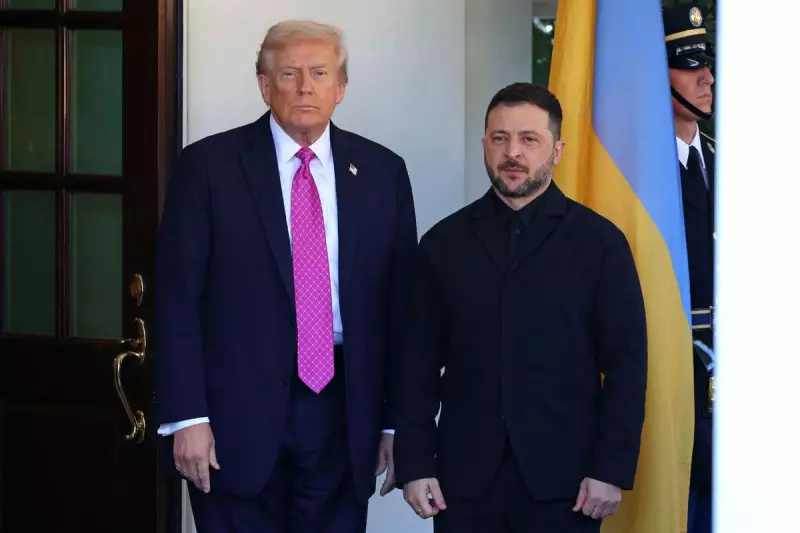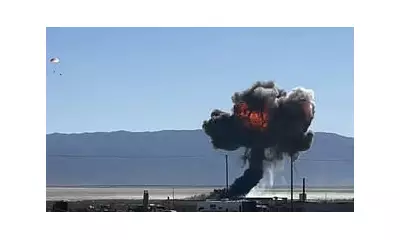
Explosive new details have emerged about a previously undisclosed aspect of the controversial 2019 meeting between former US President Donald Trump and Ukrainian President Volodymyr Zelensky, revealing alleged pressure for covert military action.
The Tomahawk Missile Proposal
According to sources familiar with the discussion, Trump reportedly urged Zelensky to utilise US-supplied Tomahawk missiles for drone strike operations against Russian targets. This revelation adds another layer to the already contentious relationship between the two leaders during Trump's presidency.
The meeting, which occurred amidst ongoing tensions between Ukraine and Russia, now appears to have included discussions about escalating military capabilities beyond previously acknowledged parameters.
Pentagon's Cautious Stance
Defence experts note that the Pentagon had maintained careful control over weapons supplied to Ukraine, particularly regarding advanced missile systems like the Tomahawk. The alleged proposal would have represented a significant escalation in US involvement in the conflict.
Military analysts suggest that using Tomahawk missiles in drone operations would have dramatically enhanced Ukraine's strike capabilities, potentially altering the balance of power in the region.
Political Fallout and Timing
This revelation comes at a sensitive political moment, raising new questions about the nature of US-Ukraine relations during Trump's administration. The timing of these disclosures may reignite debates about foreign policy decisions and their implications for international security.
The alleged discussion about advanced weaponry deployment adds context to the broader geopolitical landscape that has continued to evolve since the initial meeting between the two leaders.
Ongoing Implications
As Ukraine continues to face security challenges, these revelations about past discussions regarding military capabilities shed light on the complex dynamics of international support and the careful calibration of defence assistance.
The emergence of these details underscores the continuing relevance of decisions made during that period and their lasting impact on global security arrangements.





